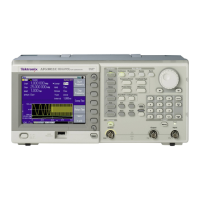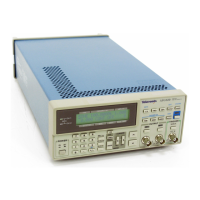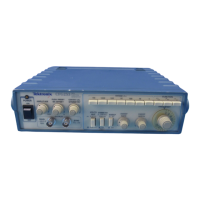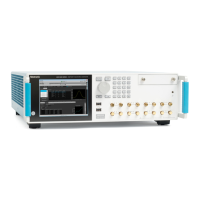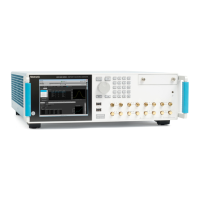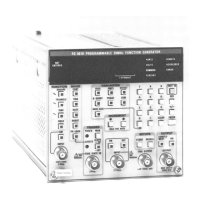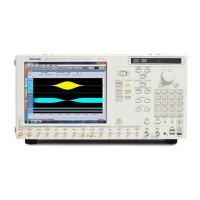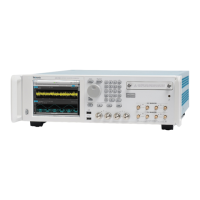SDI7 Dual Channel SD/HD/3G SDI Video Generator module
Sample Offset.
Use this menu selection to set the sample number where the
ancillary data header will be. This is the first word of the ancillary data packet.
NOTE. Be sure to change the sample offset when you change the raste r size.
Otherwise, the ANC insertion may occur in an unexpecte d place or even be
outside the raster structure. The sample offset is set relative to SAV in order to use
standard sample numbering. However, this means that the most normal location
at the start
of HANC varies as a function of raster size.
Video Channel. Use this menu selection to set the video channel to Luma or
Chroma. U
se the left (◄) and right (►) a rrow buttons to make the selection, and
then press the ENTER buttontoconfirm it.
Link Location. Use this menu selection to set the link location to Link A or Link
B. Use the left (◄) a nd right (►) arrow buttons to make the selection, and then
press the ENTER button to confirm it. This menu selection is available only
in 3G-B
formats.
Stream Location. Use the left (◄) and right (►) arrow buttons to select HD
Stream 1 or HD Stream 2, and then press the ENT ER buttontoconfirm the
selection. This menu selection is available only in 2×HD formats.
SDI7 module ancillary data
payload example
NOTE. This is an example only. Inserting an AFD packet will not affect the video
produced by the SDI7 module.
As an example, one of the ancillary data payloads that can be easily generated
by the SDI7 module is the Active Format Description (AFD). AFD is a method
of identifying the active area of the video picture to be displayed. Using AFD
the aspect ratio of the picture can be automatically optimized for the display
b
eing used. AFD is defined in SMPTE 2016-1, and mapping AFD and bar data is
defined in SMPTE 2016-3. The packet format appears as shown here:
3–330 TG8000 Multiformat Test Signal Generator User Manual
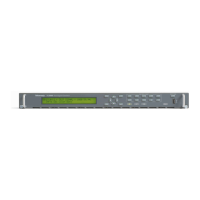
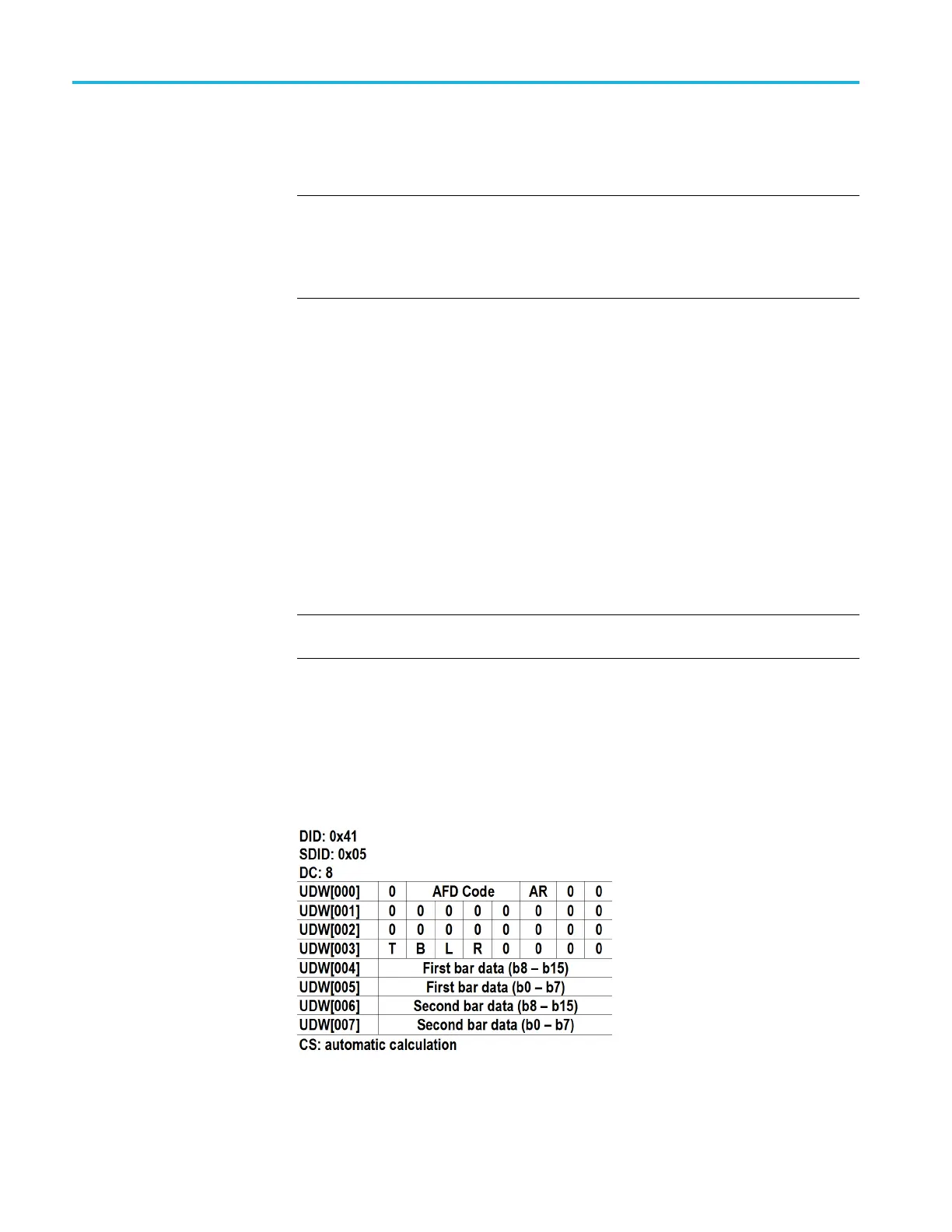